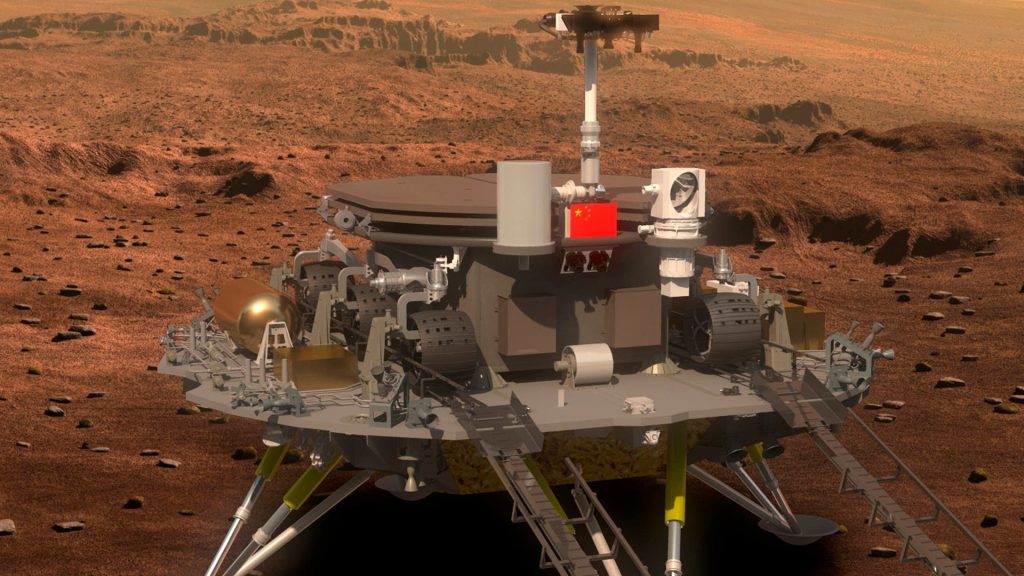Sorting refers to previous floods
This classification, with the thicker pieces at the bottom, is characteristic of materials that have been transported by water and then knocked down. Large rocks sink to the bottom first, then when the water calms down, smaller rocks, pebbles, sand and mud follow. The thickness of the upper layer is about 20 meters, and the layer less than 50 meters thick. According to the working group, radar data indicate that in the lower layer at a depth of 80 meters there can be rock debris up to several meters in size.
Li’s team indirectly determined the age of the suspected flood sediments. Based on the number and size of craters in the area, it was concluded that about 1.6 billion years ago the area was covered by a layer about 40 meters thick. This fits well with the top of the two stratified layers, which would have been deposited when Mars already had a cool, relatively dry climate. The thicker bedrock could be about 3.2 billion years old, based on similar estimates from large craters. Below both is the older Vastitas Borealis Formation, which is proposed as a possible remnant of a perennial northern ocean.
The ground-based radar results thus indicate the likely chronology of water in Utopia Planitia. Once accordingly The giant ocean covers the lowlands of the northern hemisphere of Mars. As Mars gets colder and drier, the sea disappeared. But two more times, massive floods that washed away mud and debris temporarily filled the area with water. Finally, a dry glacial plain remained, where traces tell only those who know the wet past.

“Total coffee aficionado. Travel buff. Music ninja. Bacon nerd. Beeraholic.”








More Stories
Coral Seeding: Artificial Insemination Makes Coral More Heat Tolerant
Fear, Anger, and Denial: How People Respond to Climate Change – Research
LKH Graz: Using radiation to combat heart arrhythmias